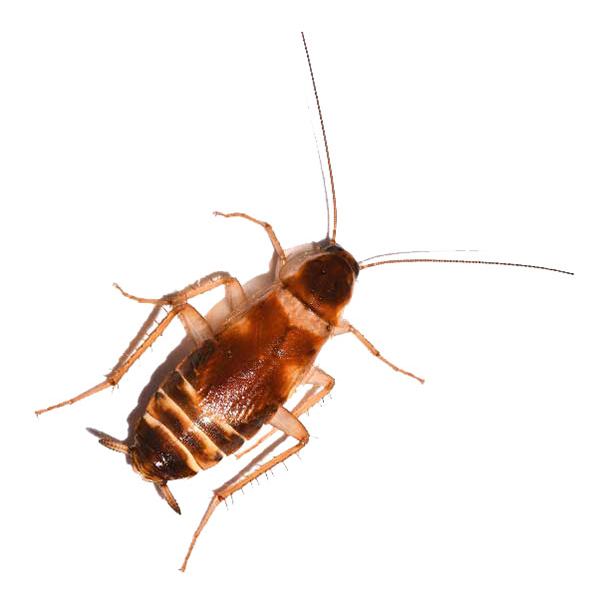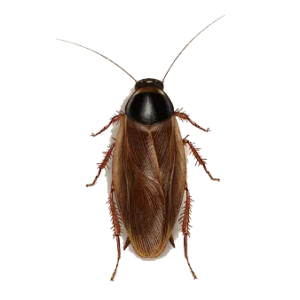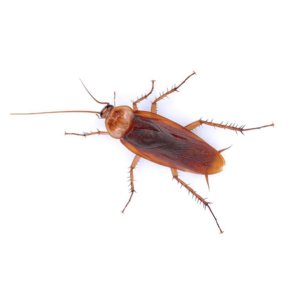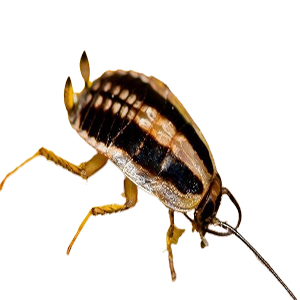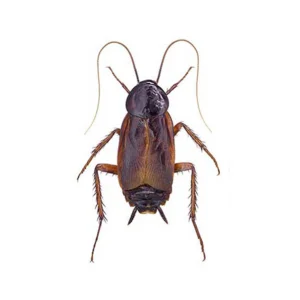Brown-Banded Cockroaches in San Angelo
The name “brown-banded cockroach” comes from the clear bands of color seen on the wings of adults and bodies of nymphs. In North America, you can find the brown-banded cockroach in most states, particularly in buildings that keep higher temperatures. This cockroach looks similar to the German cockroach in size and shape but lacks two dark stripes.
Both the brown-banded and German cockroaches are considered domestic roaches, meaning they don’t live outdoors and rely solely on conditions inside our homes and buildings for survival. The brown-banded cockroach is sometimes known as the “furniture cockroach” because it is evenly distributed throughout households, found in non-food areas like bedrooms, under chairs and tables, and hiding behind pictures and objects on walls.
Brown-Banded Cockroach Habitat
Brown-banded cockroaches have a preference for warmth and are often spotted up and away from the floor in places like closets or heat-generating appliances. They are adept climbers and can be active both at night and during the day. Female brown-banded cockroaches search for warm and dark spots to attach their yellowish-brown egg capsules, favoring walls, ceilings, tables, bedding, or furniture as ideal locations.
When it comes to their diet, brown-banded cockroaches are not picky eaters and consume a variety of materials, including human food, starches, dyes, glue, books, stamps, and clothing.
Brown-Banded Cockroach Behaviors, Threats, or Dangers
Brown-banded cockroaches are not aggressive and do not bite. However, their reproduction rate is alarming, with one female capable of producing up to 600 offspring during her lifetime. These roaches are worrisome for homeowners as they are known to spread at least 33 different types of bacteria, posing health concerns.
Foraging cockroaches can act as carriers of disease, depositing germs or bacteria in the areas they inhabit, and triggering asthma attacks in individuals sensitive to cockroach allergens. Brown-banded cockroaches are common spreaders of E. coli and Salmonella, which can lead to gastroenteritis and diarrhea.
To protect your health and wellbeing, contact a professional cockroach exterminator if you notice signs of these pests on your property.

